Paper examines industry in need of a greater social, political constituency
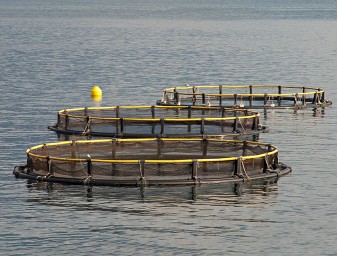
Aquaculture is a relatively new industry that is misunderstood and therefore underutilized in U.S. waters. That’s the conclusion of a detailed paper written by the United States’ top aquaculture official and a longtime economics professor, who also outline five steps that could alter public perceptions and spur growth.
Why farm seafood in U.S. waters, the authors ask? Because the U.S. market continues to import many millions of pounds of farm-raised seafood from all over the world while exporting its production knowledge and innovations to other countries more willing to give such technological advances a chance to prove themselves on the water.
As a result, the United States has become an aquaculture incubator, according to Michael Rubino, director of the National Oceanic and Atmospheric Administration’s Office of Aquaculture, and Gunnar Knapp, professor of economics at the University of Alaska.
That won’t change “until the United States becomes, at a minimum, aquaculture-tolerant, if not aquaculture-friendly,” Knapp told the Advocate. “People who have the technology will take it elsewhere if they’re in a place that doesn’t let them try it or throws up hurdles.”
As Rubino and Knapp’s paper (“The Political Economics of Marine Aquaculture in the United States,” published in the Jan. 25 edition of Reviews in Fisheries Science & Aquaculture) describes, opposition to marine aquaculture by local and national groups, paired with onerous regulations, are keeping industry development to a minimum.
Knapp and Rubino laid out the top five reasons why aquaculture remains limited in U.S. marine waters:
- Marine aquaculture is relatively small, diverse, and (with some notable exceptions) unproven;
- Marine waters are public resources;
- Some Americans perceive potential negative effects of marine aquaculture without offsetting positive impacts;
- Aquaculture faces significant social opposition;
- The governance system for leasing and regulation hinders the development of U.S. marine aquaculture: “The dozens of approvals at federal, state, and local levels required to farm seafood create a complex, time consuming, costly and uncertain permit process.”
It’s a clean, responsible industry that creates good jobs, helps feed the world, preserves working waterfronts, diversifies the economy and helps people eat locally. It takes a long time to turn your industry around from negative to positive. Once these messages get out there, they’ll make a big difference.
With an extremely cautious approach to permitting sites in near-shore and offshore waters, the United States runs the risk of stifling investment that could drive improvement and greater acceptance among wary consumers, Knapp said. “If no projects are allowed to start, adaptive learning and improvement will have no chance to make better policies,” the authors wrote.
“With social and political support, proposed ventures could get through regulatory process. Without the support, the regulatory process can be difficult. It’s the proverbial chicken-and-egg challenge,” Rubino told the Advocate. “Engagement with and by existing coastal economic interests (i.e. seafood companies, fishermen, NGOs now engaged in aquaculture operations or planning or science) is starting to open marine waters to aquaculture. Maine and East Coast salmon, oysters and seaweed are examples. Most operations involve folks from fishing and seafood business families. Maine in particular has had success attracting and keeping seafood farmers.”
Public perception is informed, fairly or unfairly, by past industry struggles that include escaped fish, diseases (largely harmless to consumers), use of pesticides and a dependence on wild resources for fish feed, to name a few. For aquaculture to gain greater acceptance with policy makers and the public, aquaculture must move away from defensive, “do no harm” responses to criticism, and more toward a message that focuses on the industry’s greatest benefits: jobs, tax revenues, healthful food, synergies with other marine industries and a reduced dependence on imports.
“It’s a clean, responsible industry that creates good jobs, helps feed the world, preserves working waterfronts, diversifies the economy and helps people eat locally,” Knapp said. “Think of how far the road is, in terms of aquaculture’s public perception. It takes a long time to turn your industry around from negative to positive. Once these messages get out there, they’ll make a big difference.”
Aren’t there some parallels about the political implications of hatcheries and farming? One has a whole constituency ready to say the risks are small compared to the economic benefits. The other has no constituency at all.
Knapp admits that Alaskans, in particular, have a “deep-seated aversion to the idea of finfish farming” and that many people there feel they have nothing to gain and potentially something to lose by allowing finfish farming in state waters that produce more than half of U.S. commercial fish landings. The state banned salmon farming in the late 1980s to preserve wild stocks and protect its commercial fishing industry.
“True or not, many Alaskans feel that the reason their fish is valued is because everybody knows that Alaska is the land of wild fish. It’s wild, it’s pure — the whole brand would be at risk. That is a rational point of view, and I’m not sure it’s backed up by actual facts, but you could see why a rational person might think that,” Knapp said.
Alaska’s iconic salmon fishery is, however, greatly supported by hatcheries that, according to the Alaska Department of Fish and Game (ADF&G), contributed as much as 48 percent of total salmon harvests (2010). In 2012, hatchery production accounted for 80 percent of commercial pink salmon harvests in Prince William Sound. “Salmon produced by Alaska’s fishery enhancement program remain wild,” ADF&G states.
“There is a debate whether the hatcheries are or are not a risk,” said Knapp. “What’s the difference between hatcheries and farms? Hatcheries have thousands of fishermen dependent upon them. It’s an acceptable risk. The political economics are different. Aren’t there some parallels about the political implications of hatcheries and farming? One has a whole constituency ready to say the risks are small compared to the economic benefits. The other has no constituency at all.
“If this is what Alaskans want, that’s fine,” he continued. “We shouldn’t be forcing it on them. But I think our law is too strict. We ought to be thinking whether some types of finfish farming would make sense.”
The public perception of aquaculture in Alaska has been slow to change, if at all, but some changes appear to be on the horizon. Gov. Bill Walker in late February issued an administrative order to establish an 11-member “mariculture task force” to explore shellfish and sea plant farming throughout the state. Walker sees this activity as an opportunity to diversify the state’s economy, strengthen coastal communities and produce healthy food for the world.
The very use of the word “mariculture,” as opposed to “aquaculture,” is no accident. Rubino said the two words mean different things in different regions of the world and said that “seafood farming” may earn more public support.
Julie Decker, executive director of the Alaska Fisheries Development Foundation (AFDF), confirmed to the Advocate that the word “mariculture” was specifically chosen to “recognize the concerns and the conflicts between wild and aquaculture in the salmon industry” because Alaskans view “aquaculture” in a negative way. AFDF authored a detailed economic analysis last year informing the state government about the potential pathways for seafood farming.
“It’s an odd thing, this stigma around the word ‘aquaculture,’ even though our hatcheries use [similar] techniques,” said Decker, whose family is involved in Alaska fisheries. “Some people from the outside see it as schizophrenic, but being closer to it and living through the downturn in the industry when farmed salmon came on the market very strong and we weren’t prepared for it, it was hurtful in many ways. Most people don’t recognize the stigma is not just related to environmental concerns, but it’s driven by the economic side of what Alaska felt during that time.”
Decker said the task force, for which the state is currently vetting potential members, wants to ensure that the state moves forward with something that Alaskans want. Geoducks, sea cucumbers, oysters, mussels, littleneck clams, scallops and various species of seaweed are all on the table.
Now that you've reached the end of the article ...
… please consider supporting GSA’s mission to advance responsible seafood practices through education, advocacy and third-party assurances. The Advocate aims to document the evolution of responsible seafood practices and share the expansive knowledge of our vast network of contributors.
By becoming a Global Seafood Alliance member, you’re ensuring that all of the pre-competitive work we do through member benefits, resources and events can continue. Individual membership costs just $50 a year.
Not a GSA member? Join us.
Author
-
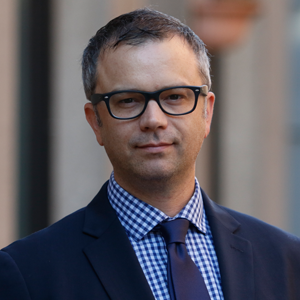
James Wright
Editorial Manager
Global Aquaculture Alliance
Portsmouth, NH, USA[103,114,111,46,101,99,110,97,105,108,108,97,97,103,64,116,104,103,105,114,119,46,115,101,109,97,106]
Related Posts
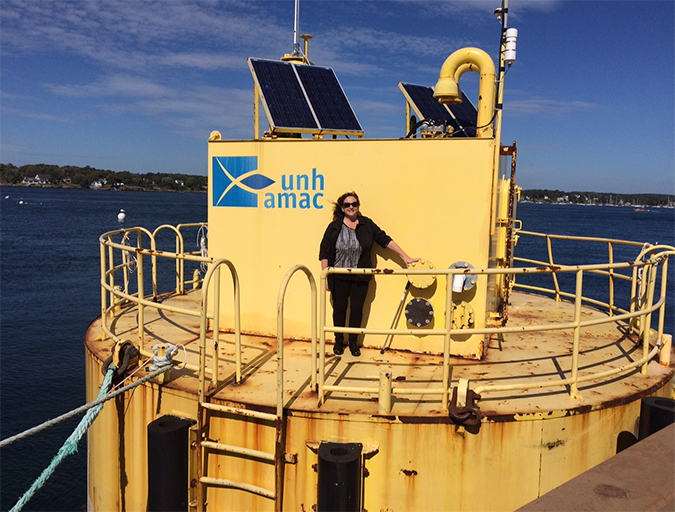
Innovation & Investment
Out of sight, not out of mind
Moving aquaculture offshore could spark a global production boost needed to meet growing demand for protein. Producers and investors, however, are wary of the challenges, cost and regulatory red tape. One patient U.S. entrepreneur, however, is undaunted.
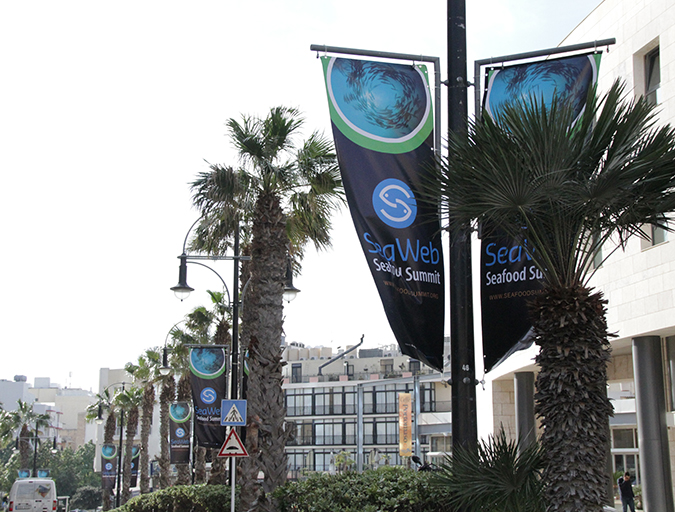
Responsibility
Offshore aquaculture, a promising yet vexing venture
The challenges of farming fish in U.S. federal waters were the focus of a panel discussion at the SeaWeb Seafood Summit in Malta. Despite recent policy updates, U.S. aquaculture chiefs oversee an industry with high barriers for entry.
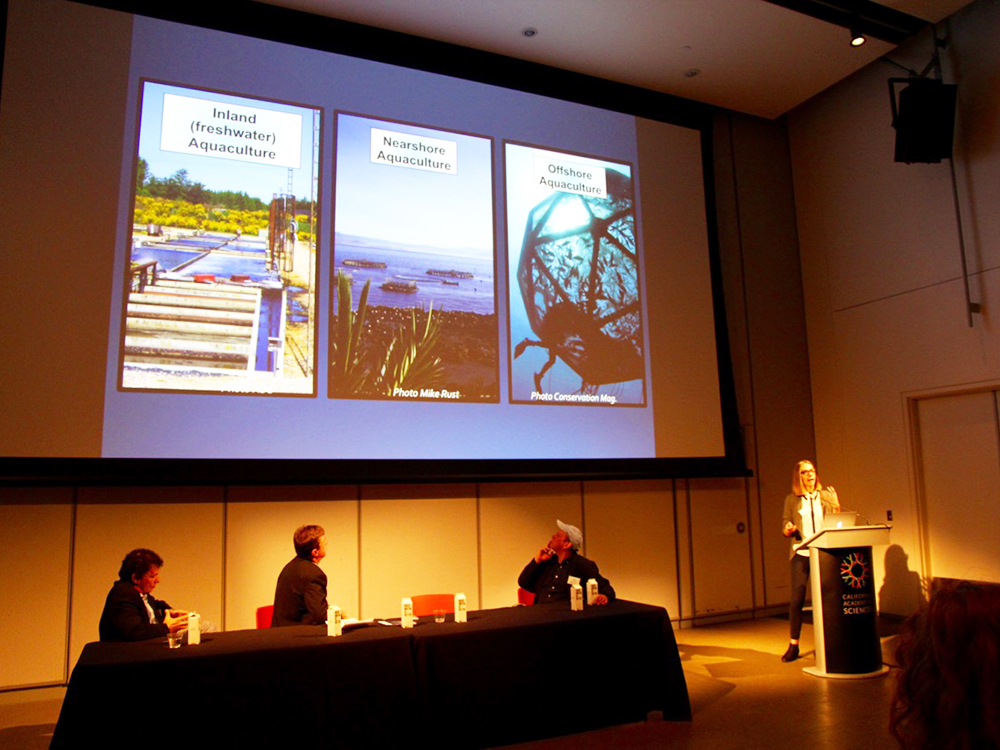
Responsibility
Going deep on offshore aquaculture
Open-ocean aquaculture, the “new kid on the block” in the rapidly growing aquaculture industry, was examined at a California Academy of Sciences event. New contributor Twilight Greenaway reports.
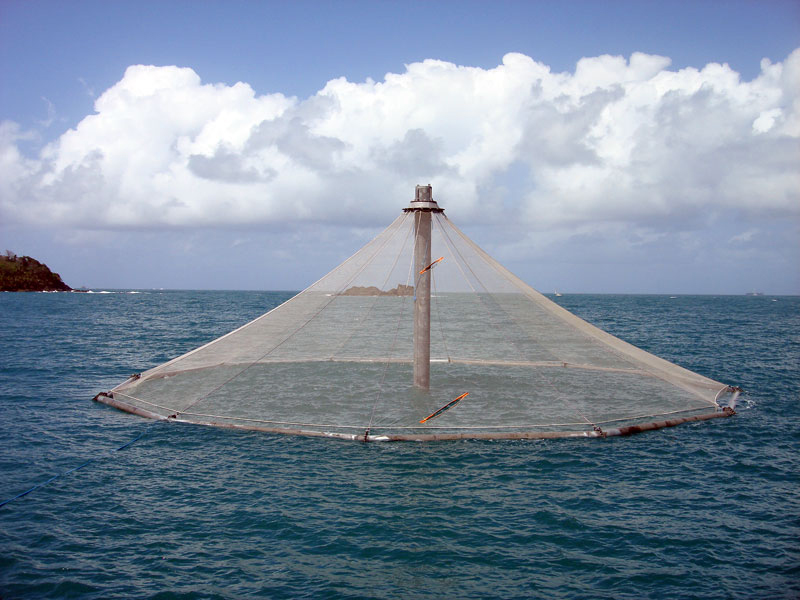
Responsibility
Do you know offshore aquaculture when you see it?
Researchers have determined that a definition of “offshore aquaculture” was necessary to critically assess the impacts and benefits of moving fish farming operations “slightly farther and slightly deeper” out to sea.

